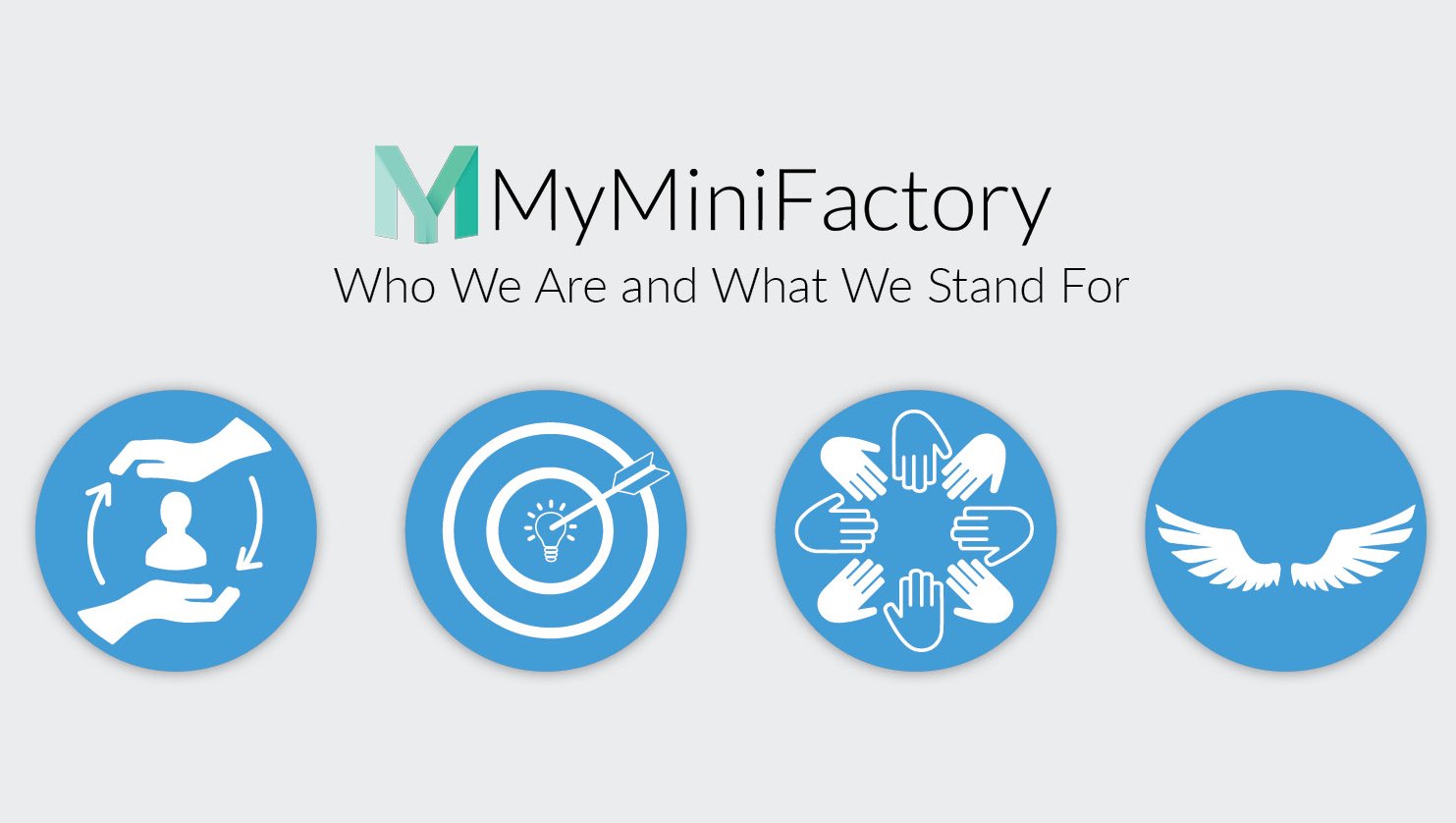![MyMiniFactory’s CEO, Chengxi Wang [Source: MyMiniFactory]](https://fabbaloo.com/wp-content/uploads/2020/05/image-asset_img_5eb09208f1341.jpg)
After our article describing MyMiniFactory’s mysterious transformation, their new CEO reached out for a chat.
Our previous piece was triggered by a long and unusual post on MyMiniFactory’s blog where they described a mysterious process of “decentralization”, without getting into specifics. We were a bit mystified as to what was going on, as were the commenters on their post, who seemed to assume something bad was happening, or that they’d have to pay for everything in the future.
I was ready to wait out and see what developed next from the UK-based company.
MyMiniFactory’s Chengxi Wang
Then I was contacted by Chengxi Wang, the newly minted chief for MyMiniFactory, who wished to talk through their strategy with me.
If you’re not familiar with MyMiniFactory, they are today one of the premier web repositories for 3D printable models. Launched in 2013, they now boast an amazing 70K entries, each of which is certified printable — because they tested each and every submission.
That’s something no other major 3D model repository can say, and there was quite a bit of effort required to get there. I saw this in person in 2015 when I visited MyMiniFactory. I witnessed a couple dozen people reviewing submitted 3D models and making suggestions to the submitter on how to make each printable. I also saw a large number of 3D printers busily printing submissions. They apparently went through a lot of filament in those days.
Although they have been providing a tremendous service to the 3D printing community, I was always puzzled as to how they would monetize the operation. We got a hint of that recently when they began allowing designers to charge for their submissions from downloaders. Of course, there’s plenty of very high-quality free material, too.
MyMiniFactory Decentralization
The “decentralizing” blog post did not reveal much, if anything, about their intentions, aside from suggesting that “something” was going to happen.
After my long chat with Wang, I think I have a reasonable idea of where MyMiniFactory wants to go.
It seems they wish to create a decentralized network of high-quality 3D print artists by creating an efficient platform for them to distribute and market their works.
Yes, that sounds familiar, doesn’t it? I’ve heard a similar goal from countless other startups who hoped to build designer networks for 3D printing. It seems like a natural thing: become a “middleman” as an online service to reach out to the public to sell or give away designs for creators. However, in almost every case, such online repositories have failed miserably.
Many have tried using many different approaches to pricing, distribution and other aspects. Several offered monthly subscriptions, for example, but that didn’t seem to catch on. The catch was to provide enough content to attract buyers and enough buyers to attract content (designers). This chicken-and-egg scenario was unresolvable for most repository startups.
I think that while MyMiniFactory’s goals are similar to these other attempts, what is very different is their approach in doing so. They seem to have solved the chicken-and-egg dilemma, and are now moving to the next stage.
MyMiniFactory Strategy
I see MyMiniFactory having two fascinating strategies towards success.
First, they focused on the “chicken” part by generating a ton of great 3D content. They hired some designers to start filling their inventory of quality designs, and allowed users to submit their own designs. They employed humans to manually certify and sometimes fix these submitted designs.
They created the “Scan the World” initiative to create a safe place for photogrammetry enthusiasts to upload 3D scans of famous statues worldwide.
All of this work did several things:
-
It created a notable place to find good quality 3D printable models
-
It created a respected brand name among the community
-
It created a MyMiniFactory online community of designers and contributors
That last point leads to their second “egg” strategy: Fostering a rich and robust 3D design community.
They want to (and largely have) create a friendly community where designers can comfortably display their products to the world via MyMiniFactory’s now large audience — which was created by the “chicken” strategy.
MyMiniFactory Benefits
By comfortable, I mean MyMiniFactory is strongly focusing on their designer community by providing a number of useful services. Some examples, and there are many more:
-
A head designer is available for them to discuss projects and obtain design and technical advice.
-
A Slack channel directly connects their design community together.
-
Community engagement projects are published regularly.
-
Special monetization opportunities for creators, such as their recent deal with Ravensburger to allow development of officially approved branded assets for the Labyrinth game.
-
A testing group of passionate community members, called “Wonderland”, checks every upload.
That last point is really important. This gets to MyMiniFactory’s strategy of decentralization. What that seems to mean is to allow their community itself to manage things. The Wonderland group, for example, not only tests for printability, but also for design quality! Previously done by MyMiniFactory humans, it’s now done by community members.
Why would these members do that? It’s simply because their works are also on MyMiniFactory and they do not want the design standards of the site itself to degrade, so they police it themselves! They ensure submissions are not only printable, but also useful or have notable artistic qualities. Wang calls this “open curation”.
In this way their community truly “buys in” to the values and goals of the organization, and self-develops its own community culture around that.
MyMiniFactory Values
MyMiniFactory prominently talks about their four key “community values”. These values are not immediately understandable, but when you apply them to the community they are building directly, they begin to make
a huge amount of sense:
Sustainability: They want to ensure the community can thrive. This could mean that artists would charge for some of their works, for example.
Purposefulness: They want to ensure the community has a purpose in existing, to create incredible designs. MyMiniFactory charges a small monthly fee to designers to allow them to provide these services, but also to ensure participants truly want to design amazing models for the public.
Inclusiveness: They want to ensure anyone who wishes to participate in their community is able to do so easily and comfortably. They’ve found multiple “casual” contributors have transformed into full-time 3D print artists.
Freedom: They want to ensure designers have sufficient freedom to explore their artistic desires with as little encumbrance as possible.
I suspect you’re now understanding what they’re after here: a tight, self-supporting online community of dedicated designers that truly believe in the platform and its purpose.
The MyMiniFactory Difference
This is the difference that MyMiniFactory has over the other repositories: their participants WANT to be there because MyMiniFactory designed it to be that way. They’ve taken that innate passion for 3D design and channeled into a decentralized service. Watch their video to see how they explain it:
The steps they’ve taken for the last six years have led to this powerful platform that I believe will thrive for some time.
Via MyMiniFactory











